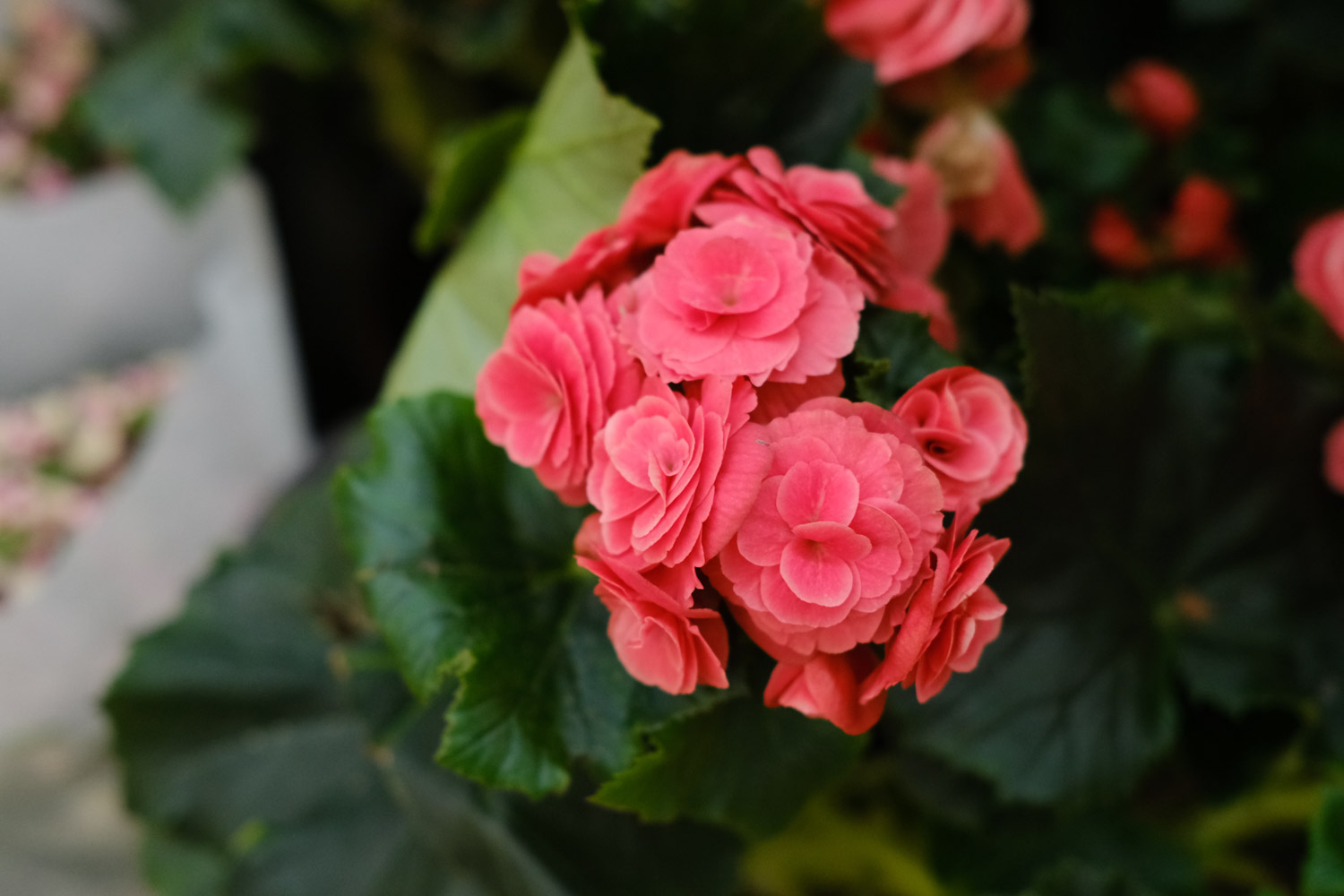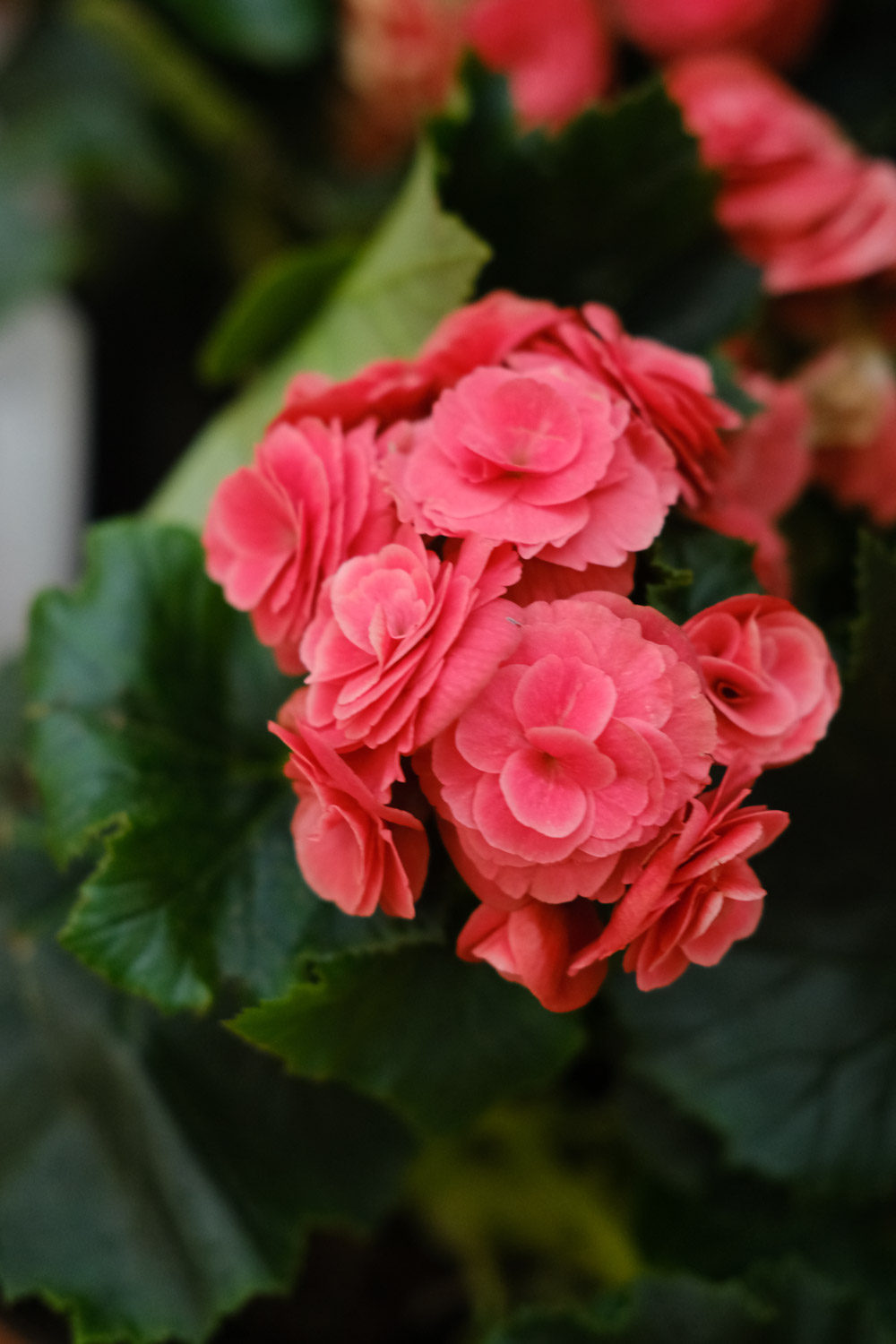1、 Breeding environment
1. Soil: loose, nutritious and good drainage are the main requirements. Specifically, peat soil, vermiculite and perlite can be mixed as the matrix
2. Temperature: between 18 and 22 degrees is the best. It's afraid of cold, so it's better not to be lower than 15 degrees in winter. Cool down properly in summer and don't exceed 28 degrees for a long time
3. Water content: water should be sufficient to meet the demand, but not limited to ponding. The water temperature should not be too low
4. Fertilization: it is best to use nitrogen fertilizer once every two weeks when you are young and phosphorus and potassium fertilizer before flowering
5. Light: it is OK to provide scattered light at ordinary times, but it can not be shielded in winter

2、 Trim properly
There are mainly two pruning. The first is the heart picking in the growth period. This can make the height of the plant not too high and promote the germination of lateral branches. The second time is to remove the excess flower buds in time at the flowering stage, otherwise they are easy to consume a lot of nutrients, so the overall flowering effect will be poor

3、 Pest control
Diseases and pests are rare, but sometimes there is "soft rot". When breeding, you can use ginger juice mixed with water to spray plants to prevent this disease
4、 Change basin regularly
The pot can be changed in spring. If it is in flowering, it can not be changed for the time being, and then change it after flowering. Replace most of the old soil and put it back into the basin. After that, don't have too strong light, otherwise the plant is easy to die due to dehydration


 how many times do yo...
how many times do yo... how many planted tre...
how many planted tre... how many pine trees ...
how many pine trees ... how many pecan trees...
how many pecan trees... how many plants comp...
how many plants comp... how many plants can ...
how many plants can ... how many plants and ...
how many plants and ... how many pepper plan...
how many pepper plan...



























